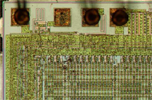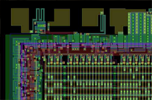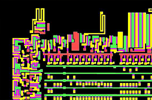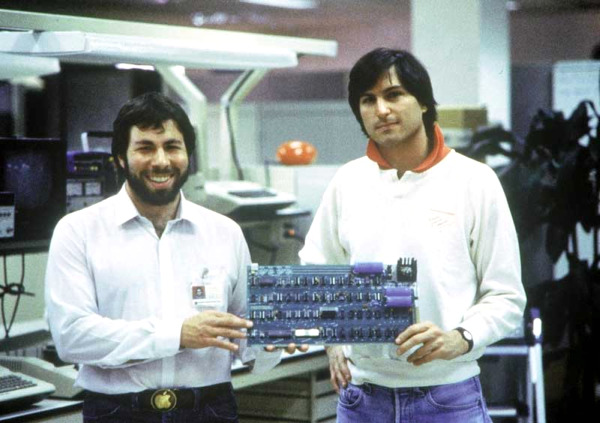of the 6502 CPU and other chips!



Welcome to Visual6502.org! Here we'll slowly but surely present our small team's effort to preserve, study, and document historic computers. We aim to present our work in a visual, intuitive manner for education and inspiration, and to serve as a solid verifiable reference for classic computer systems. See our slides for an introduction and some fun images.
Have you ever wondered how the chips inside your computer work? How they process information and run programs? Are you maybe a bit let down by the low resolution of chip photographs on the web or by complex diagrams that reveal very little about how circuits work? Then you've come to the right place!
The first of our projects is aimed at the classic MOS 6502 processor. It's similar to work carried out for the Intel 4004 35th anniversary project, though we've taken a different approach to modeling and studying the chip. In the summer of 2009, working from a single 6502, we exposed the silicon die, photographed its surface at high resolution and also photographed its substrate. Using these two highly detailed aligned photographs, we created vector polygon models of each of the chip's physical components - about 20,000 of them in total for the 6502. These components form circuits in a few simple ways according to how they contact each other, so by intersecting our polygons, we were able to create a complete digital model and transistor-level simulation of the chip.
This model is very accurate and can run classic 6502 programs, including Atari games. By rendering our polygons with colors corresponding to their 'high' or 'low' logic state, we can show, visually, exactly how the chip operates: how it reads data and instructions from memory, how its registers and internal busses operate, and how toggling a single input pin (the 'clock') on and off drives the entire chip to step through a program and get things done.
You can see this operation right now in your browser (except for Internet Explorer earlier than version 9) with our interactive JavaScript simulation. We suggest a fast computer and lots of memory for this version.
Our project debuted on July 27th at SIGGRAPH 2010, Los Angeles. See the slides from our SIGGRAPH talk and our abstract for more information. Our links lead to a wealth of information about the 6502, other processors, and folks doing similar work.
Our work is ongoing and involves much more than the 6502. Check our wiki list of chips and blog for updates and links to all our material We've received over 200 chips from donors and have decapped more than 100 of these. As part of this work, we've combined a reconstruction of the Atari 2600 'TIA' with our 6502 simulation to produce frames of video from classic Atari games, we're reconstructing several classic sound and speach synthesis chips (Commodore 6581 and 8580 SID chips and ohers), and we're working on polygons and simulations for many classic chips from Zilog, AMD, Intel, Motorola, General Instruments, Texas Instruments, and others.
Thanks for your visit! We hope you enjoy our little slices of computer archaeology and history, and please keep an eye out for historic equipment we might like to model - especially broken or non-functional chips and boards since these are perfect for our approach. With a bit of work, we can preserve the form and function of this hardware long after the actual devices have failed.
Last update: Jan 8, 2012
Special Update: 250,000 unique visitors!
We're very happy to report that as of December 2011, in our 15 months on the web, Visual6502.org has had a quarter of a million unique visitors! In this time, we've served over 2 TB of die shot and simulation data, and thanks to a growing circle of dedicated, enthusiastic folks, we're taking on a wide range of projects.10/5/2011

Steve Wozniak, Steve Jobs, and their Apple I.
Our condolences to friends and family.
Words cannot express their impact.
"Stay Hungry. Stay Foolish."
Thank you.